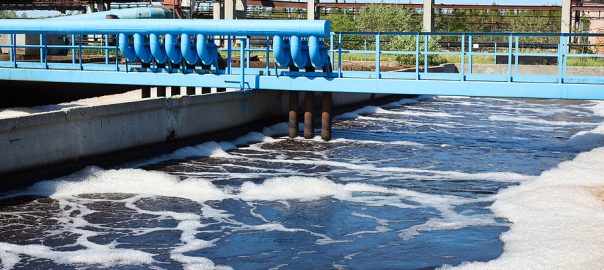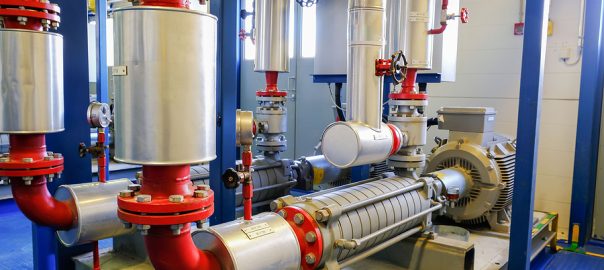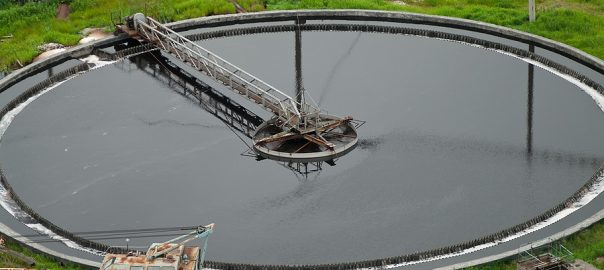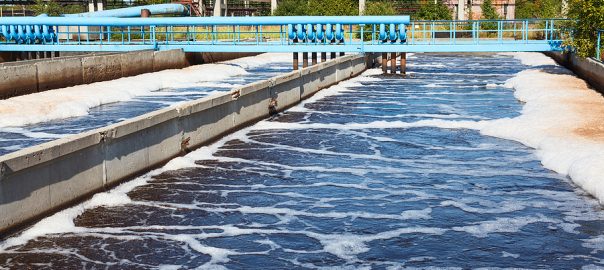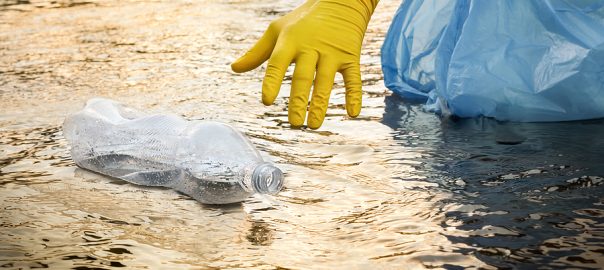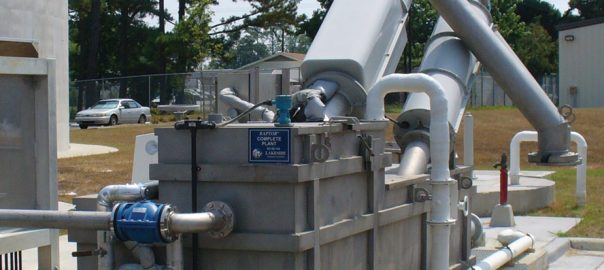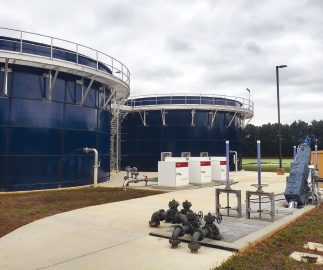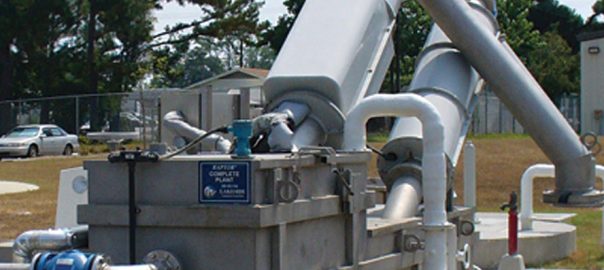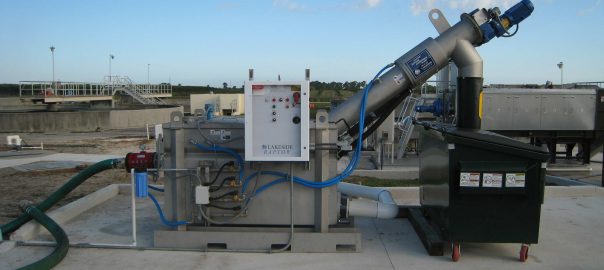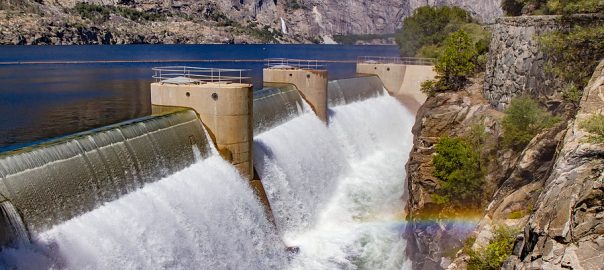
Hydropower is important as a clean, renewable energy source, and the industry is seeing continued growth in 2024 and beyond. Hydropower has been used for centuries, but this doesn’t mean there isn’t room for innovation. In fact, current innovations and the future of hydropower are looking brighter than ever.
For the hydropower industry to stay on this trend, we need continued growth and development with hydropower technology and an increasing focus on environmental sustainability.
This is exactly what we’re seeing as emerging focuses in the future of hydropower. Let’s take a closer look at the innovations in hydropower we can expect to see as priorities in the near future.
Energy Demand Prediction
The integration of AI technology in the hydropower industry is becoming a game changer for the future. One of the key ways that AI technology is influencing trends in hydropower is in its ability to leverage algorithms to predict and manage energy demands.
AI systems have the capability to analyze extensive amounts of historical data on energy generation and use, weather, and other important trends to predict future outputs and news. This then enables hydropower operators to meet future energy demands and allocate resources with a greatly improved degree of accuracy.
For example, AI predictive models can clue hydropower operators into when to scale down production when demand is low and boost it again during peak times. These models can also assist in predicting shifts in weather systems that can impact water levels and the flow that goes into reservoirs.
With energy demand prediction, the hydropower industry, which is already highly efficient, becomes even more so.
Fish-Friendly Systems
Opponents of hydropower often cite the potential damage to fish populations and river ecosystems, and this isn’t an invalid complaint. Traditional hydropower systems can cause disruptions, including reduced water flow, limited access to fish, and other changes in the water conditions. A forward-moving trend we’re seeing is an emphasis on fish-friendly systems in the future of hydropower.
New fish-friendly hydropower systems are designed to minimize the negative impact of hydroelectric equipment on fish and aquatic environments. Innovative technologies help to ensure that migratory routes of fish are protected and that the natural flow and habitat of the aquatic environment are preserved.
A key feature of these systems is their ability to reduce the risk of fish becoming stuck or harmed when passing through. We’re seeing innovations that include curved, blunted hydro turbine blades to reduce injury potential, along with smaller gaps, minimizing the areas where fish can become trapped.
Currently, we’re looking at a situation where the majority of hydropower plants are already in place. Yes, new ones will be built for future locations, and some standing hydro plants will be replaced. However, this isn’t a new industry and we need to be looking at adaptable solutions for hydropower facilities that are already in place.
The ongoing development of new solutions is exactly what’s happening in the industry, as they find ways to make existing hydro plants more sustainable for fish and aquatic ecosystems.
Innovations in Hydrokinetic Technology
Continuing innovations in hydrokinetic technology are a promising trend for the future of renewable energy. Unlike traditional hydroelectric plants, hydrokinetic technology utilizes the natural flow of water to generate electricity.
The benefits of hydrokinetic energy begin with its cost-effectiveness and minimized environmental impact. Hydrokinetic energy can be implemented with a much smaller footprint, making it a far more versatile option than traditional hydroelectric systems.
The technology behind hydrokinetic energy is advancing. For example, new, more efficient designs in helical turbines, which allow the capture of energy from water flowing through from multiple directions. New stronger materials improve the durability of hydrokinetic systems, and there is more movement toward larger-scale adoption of hydrokinetic systems.
Hybrid Hydro Systems
Hydropower is currently the most common source of renewable energy in the world. It has become more efficient, more ecologically friendly, and more cost-effective. Still, when we look at the growth of hydropower on a global scale, some barriers still exist. Hybrid hydro systems help to mitigate these barriers.
Hybrid hydro systems provide benefits such as a more consistent power supply and grid stability during periods of peak usage. Each switch from complete grid power to a hybrid hydro system leads to a reduced carbon footprint, reducing reliance on fossil fuels, and improving overall resilience in the face of natural disasters.
Energy Efficient Hydraulic Equipment
Improved energy efficiency among the key components of hydropower systems is crucial. Poor-performing equipment components can be costly to operators and for the environment. As an example, let’s consider hydro trash rakes.
These are critical components of every hydrosystem as they work to remove debris and various types of organic matter. When these systems are poorly or inefficiently functioning, they lead to the faster deterioration and breakdown of hydrosystems, as well as posing risks to the local ecosystem.
Energy-efficient hydronic trash rakes that are hydraulically powered are more efficient, require fewer resources to operate, and help to protect the significant financial investments connected to hydro plants.
We’re seeing more focus on these types of equipment improvements that extend the life of hydropower facilities, enhance cost-effectiveness, and protect the environment.
Green Hydro Design
We want to round off our list by mentioning one of the most important innovations in hydropower – green hydro design. Green hydropower is the focus on harnessing water in the most environmentally responsible ways possible.
Systems like traditional hydroelectric dams disrupt natural ecosystems and aquatic habitats. However, new innovations are more focused on issues such as the conservation of biodiversity, habitat restoration, respecting the rights of indigenous peoples, and committing to sustainable practices at every level.
With green hydro design, the focus is on smaller-scale systems that move a lesser amount of water through the turbines. This alone is significantly beneficial for maintaining healthy aquatic ecosystems and protecting habitats.
We’re also seeing greater awareness of the ecological footprint that comes with traditional hydropower facilities. Hydropower has offered an overall net benefit for the environment, but today we’re seeing innovations in technology, planning, and design that shift the scale even more. This is propelling hydropower as an even greener, sustainable energy source for the future.
Hydropower for the Future
Our world is changing and so is our need for sustainable, reliable sources of energy. Hydropower has always been a path forward, however, new innovations are transforming the industry.
We’re becoming able to harness energy from water more efficiently while significantly minimizing environmental impact. We’re seeing hydropower solutions that support the industry’s growing commitment to meeting energy needs while also prioritizing ecological health.
Along with this are innovations that enable hydropower facilities to operate more efficiently, produce maximized output, and reduce operational costs.
All of these innovations are wins for the industry, the environment, and each person who relies on hydropower in any way.
If you’d like to learn more about hydropower systems and our options for energy-efficient hydronic trash rakes, we encourage you to reach out to us at Lakeside today.

